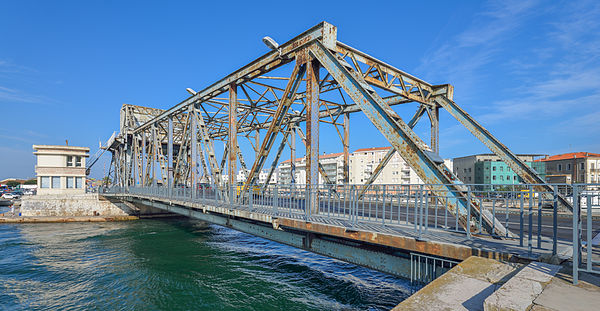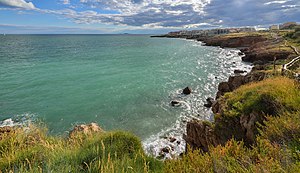A year is not a long time, but it’s been more than enough for Christian Ferrer to develop into a well-practiced photographer.
Hailing from Sète, a small town in the region of Hérault on the south coast of France, Ferrer does not need to go far to find the breathtaking scenery that attracts so many tourists to the area. His photography exhibits these stunning vistas with precise composition and excellent color balance, bringing to life the picturesque nature that Southern France is so famous for.
His favorite photograph is not of the famous landscape, however, but of a rusted bridge not far from his house. Ferrer explains, “I prefer the countryside to the city, but my region is full of tourists during the summer and I avoid taking the car on the weekend.” He adds, “I looked for subjects near my home and I thought of this bridge. I tried to exploit the wide angle. I am rather satisfied with the result.”
A 36-year-old truck driver and goods handler, Ferrer is perhaps not what most people would imagine when they think of a photographer with his ability. Possibly because of these potential misconceptions, Ferrer remains modest in the face of his talent. “I began to contribute principally to have the possibility to share my photos,” Ferrer says. “My motivation is to share my images and confront my work to the criticism of others. I don’t think that I’m gifted enough or experimented enough to give a lot of advice to others.”
The critique he has received from other Wikimedia Commons photographers has been a terrific teacher. Since his first upload in January of this year, his technique has steadily improved. In his nine months of activity on Commons, Ferrer has had eleven of his photos selected as Featured Pictures and dozens more of his images have received various accolades on the website.
“Almost all that I know about photography, I learned by contributing on Wikimedia and by listening to the advice and criticisms of the other contributors,” he explains. “I try to obtain the best technical quality on subjects which I find encyclopedic, while bringing a small artistic touch in the composition.”
Ferrer’s experience with Commons has clearly had an impact on him. He calls the platform “a great opportunity” for budding photographers, thanks mostly to the community of quality photographers. The repository’s end goal is also something he agrees with. “I like collecting beautiful photos, it is what gave me the desire to practice photography.”
He adds, “When I find a beautiful one on the Internet, I despair when it has a low resolution. It is essential to establish a suitable multimedia database which is free of copyright and within the reach of all…it is a step towards equality and freedom.”
(View more of Ferrer’s photos on his Wikimedia Commons user page.)
Profile by Joe Sutherland
Wikimedia Foundation Communications volunteer

Can you help us translate this article?
In order for this article to reach as many people as possible we would like your help. Can you translate this article to get the message out?
Start translation

